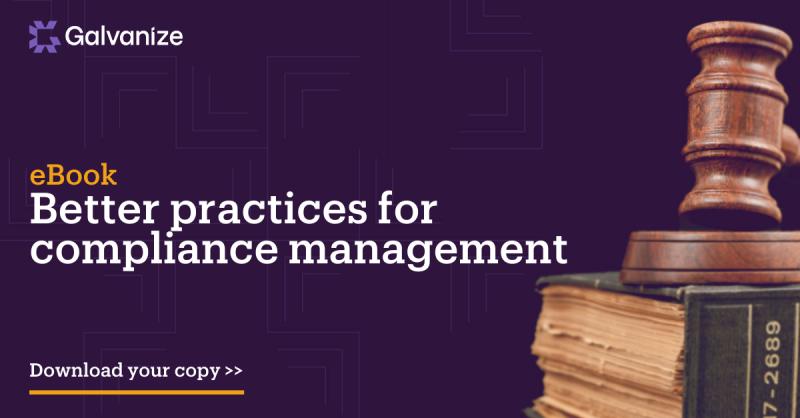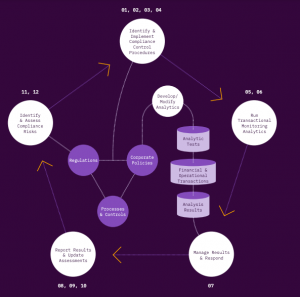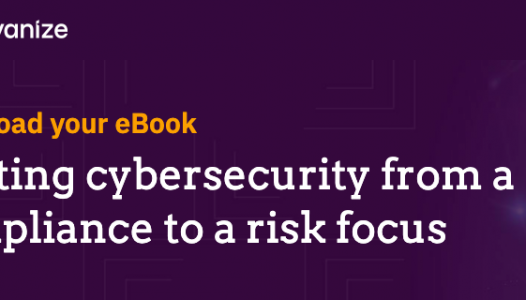For the vast majority of organisations, both corporate and government agencies, compliance requirements are a painfully complex and expensive area to manage. And the challenge is only getting greater. Virtually every sector faces an ever-growing and ever-changing number of regulations with which they need to comply. Every organisation also faces the risks of failing to comply with its own internal corporate policies and controls, spanning multiple financial and operational systems. We know that businesses and government entities alike struggle to manage compliance requirements. Many have put up with challenges for so long—often with limited resources—that they no longer see how problematic the situation has become. The good news is that there is a solution to a big part of the problem. There are practical things that you can do to transform your compliance processes, so they become far more efficient, and far less expensive and cumbersome to maintain. It’s all about optimising the interactions of people, processes, and technology around regulatory compliance requirements across the organisation.
Let’s look at what’s involved in establishing a technology-driven compliance management process – one that’s driven by data and fully integrated across your organisation. In relatively basic terms, the activities and capabilities needed for compliance management typically look like this diagram consisting of 12 steps:
Moreover, there are eight best practices you can start implementing to improve your compliance management right away:
- Centralise regulations and compliance requirements
- Map to risks, policies, and controls
- Connect to data and use advanced analytics
- Monitor incidents and manage issues
- Manage investigations
- Use surveys, questionnaires, and certifications
- Manage regulatory changes
- Ensure regulatory examination and oversight
Then comes the technology evaluation checklist. Whether you’re looking to get a new compliance management system or update your current system, the following key points are for you to consider:
- Are you embracing the cloud? Cloud based systems have been highly secure and hold a lot of advantages, such as the continuous deployment of enhancements, meaning that you no longer need to deal with new version implementation.
- Is the technology portable? It’s no longer realistic to run important applications strictly on desktop or laptop computers. Executives, managers, and specialists involved in compliance management need to be able to access and update systems using a number of devices, while working in any environment, from any location.
- Can you roll-out rapid changes and updates? Your software should let you quickly re-configure and modify the system, both to take advantage of new capabilities and to implement new processes when needed.
- How does system performance rate? System performance plays a major part in user satisfaction. When an application is inefficient or slow, people become frustrated and stop using it.
- Are you getting the full story from your data? Data analysis must support rule-based controls and compliance testing. It should also support various visual and statistical analysis to provide insight into overall risks and trends.
- Do you have dashboards to show current compliance management status? Another important aspect of reporting is the ability to provide management with an overview of the current status of the entire compliance management process.





